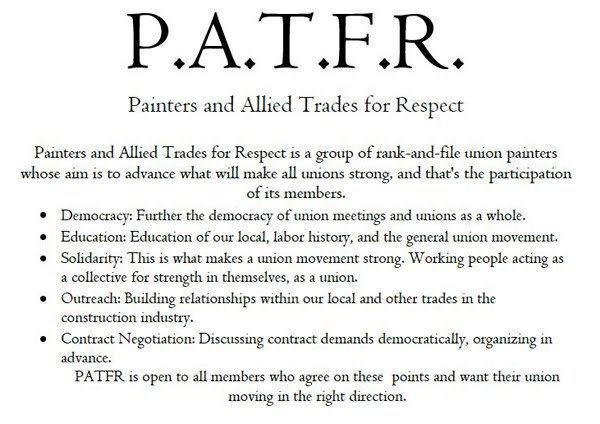



In 1886, at a meeting of members of various trade union representatives in Chicago, the American Federation of Labor was formed. Cigar maker Samuel Gompers was elected president, and J.P. McGuire of the Brotherhood of Carpenters was elected secretary. The AFL now represented by far the largest number of workers, with 25 unions and 300,000 members. As struggles for better working conditions, livable wages, and a shorter workweek from the mines of Pennsylvania to the factories of Illinois, allowed the AFL to 1,700,000 members in it's first ten years. By the 1930's, some AFL leaders recognized the need for industrial unions, and formed the Congress of Industrial Organizations in 1935. The CIO increasingly organized mass production workers such as auto workers and steel workers. Throughout the 30's, both the AFL and CIO continued to gain membership, and were able to win many rights for US workers including the right to join a union, the right to workplace safety, and the right to overtime pay. On Dec. 5th 1955, the AFL and CIO decided to reunite into one big union, and elected George Meany as their president.
The formation of the AFL came on the heels of the fight for the eight hour day, which culminated on May 1st 1886 with hundreds of thousands of American workers participating in strikes and demonstrations demanding a federal eight hour day. At a rally in Chicago, Illinois in Haymarket Square, several demonstrators were killed and many more wounded when an explosion went off in the crowd and police subsequently opened fire. Eight anarchists were arrested and charged for causing the explosion and four were executed by the state of Illinois. These four became known as the Haymarket Martyrs, and May 1 st became the international celebration of workers day, commemorating the fight for the 8 hour day. It also became a commemoration of the Haymarket Martyrs and an example of the violence the US government is willing to use against us.
One example of the US government's willingness to engage in violence on behalf of bosses was the Pullman Strike of 1894, lead by Eugene Debbs. "Workers in the nonAFL affiliated American Railroad Union struck their manufacturing plant in Pullman Illinois, calling for ~ boycott of all their railroad cars. Within a week, 125,000 railroad workers had joined them in solidarity, including many AFL members. The immediate response of the government was to bring 3,400 armed strikebreakers to put down the strike, and then to mobilize Federal troops. 34 railway workers were killed. When the strikers still did not return to work, the federal government issued an injunction forcing railroad workers back to work. The injunction became a popular weapon for bosses to use
. against their workers, using the threat of fines, jail time, and even death to undercut organizing efforts.
The sit-down strike was one tactic employed by union members that won several gains for US workers. The tactic was first used in Flint, Michigan by the United Auto Workers in December, 1936. Workers in the factory instead of walking out and allowing strike breakers to re-open the plant, simply stayed inside, refusing to leave their machines. Outside, the Women's auxiliary and other supporters provided food and defense for the striking workers. General Motors was forced to recognize the union, and the sit-down became popular worldwide for it's effectiveness and low levels of violence: as factory owners were reluctant to attack their own property. "Unfortunately: because it was so successful, the sit-down strike was outlawed in the US in 1939 by the Supreme Court.
Care to share some union history-
email: patfr.respect@yahoo.com



